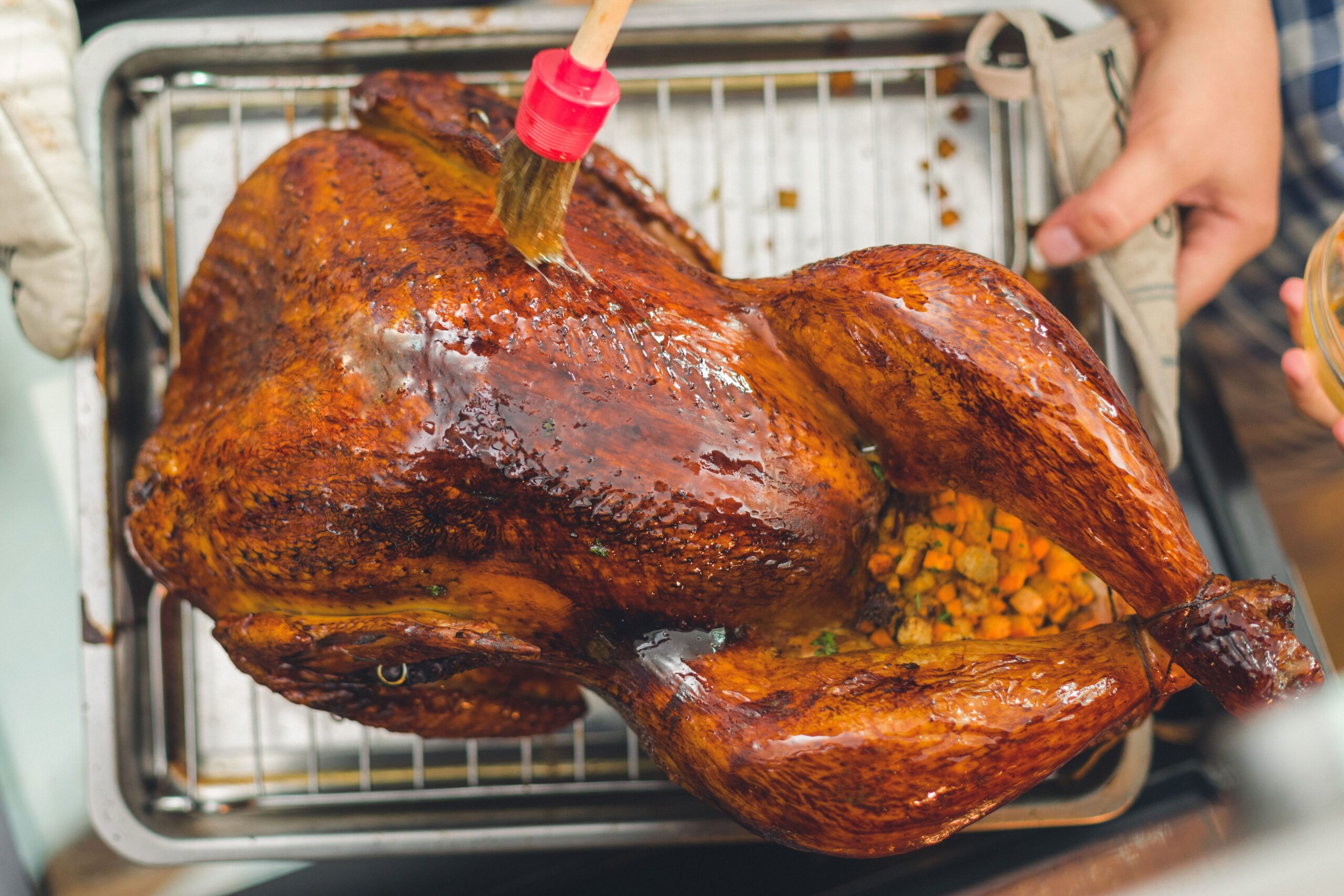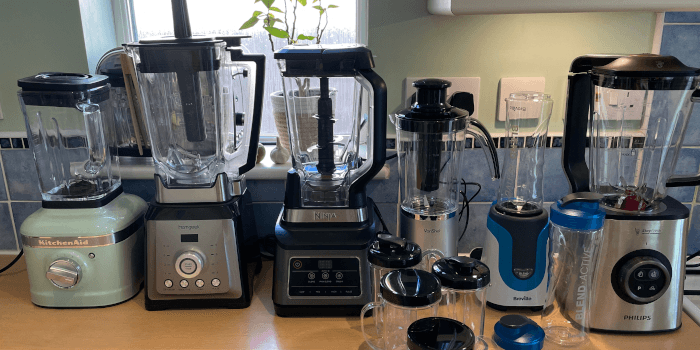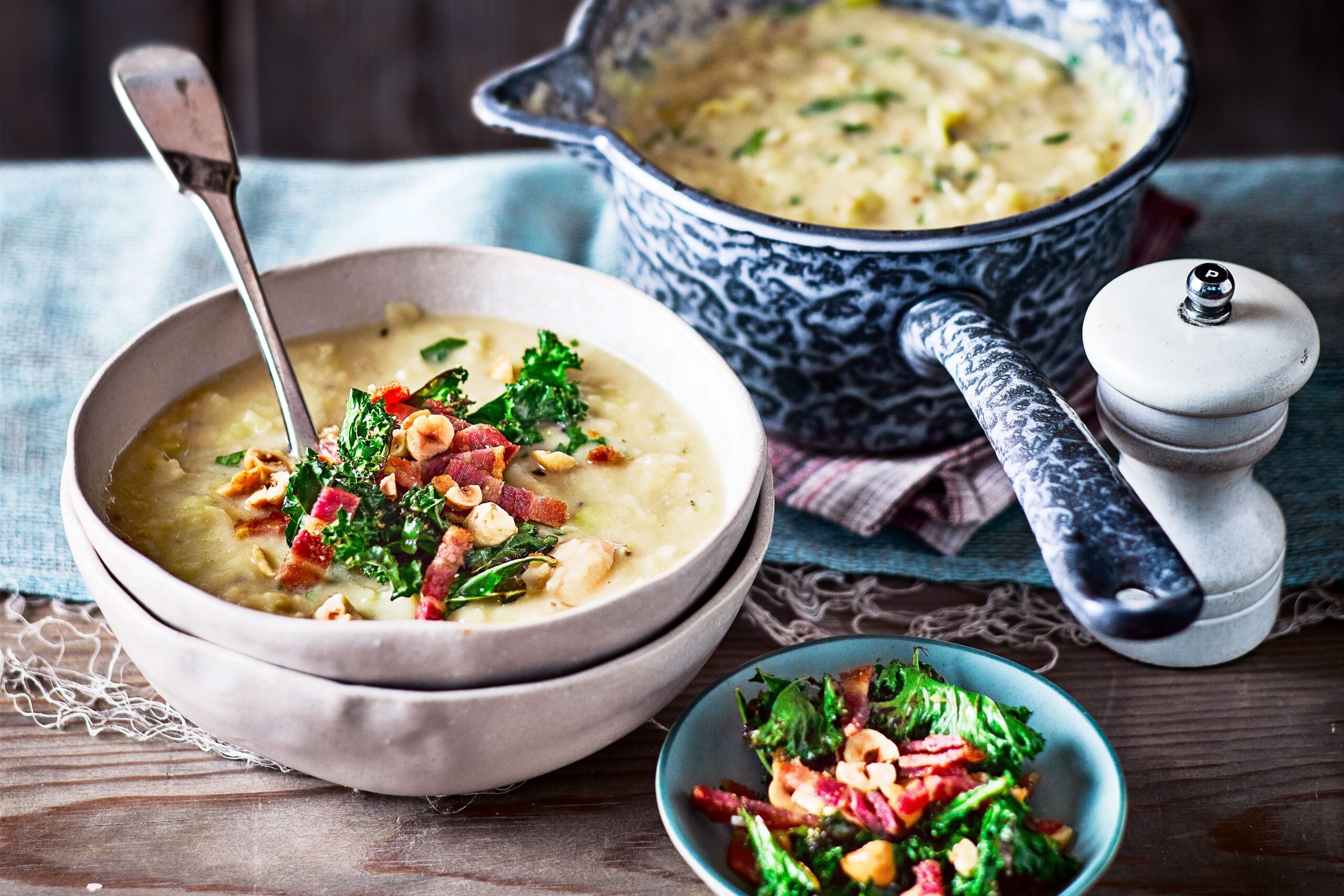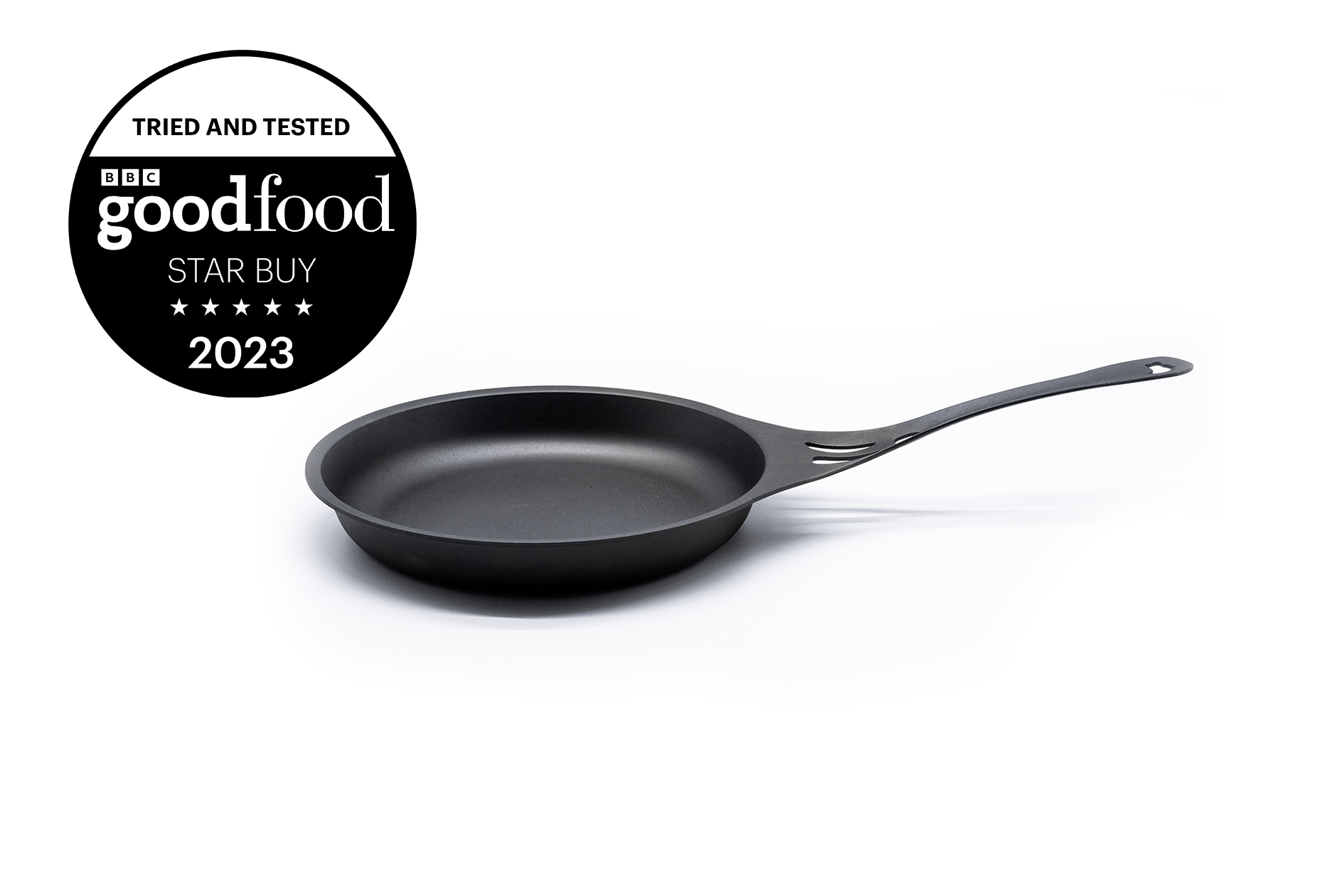The art of turkey basting: a culinary tradition that divides families and sparks fierce debates over the true path to holiday feasting glory, reminiscent of the age-old conflicts that have shaped our shared history and culture.
Basting a turkey has long been a cherished practice in many households, particularly during festive occasions like Christmas. This technique involves spooning, squiring, or brushing the natural juices from the roasting pan back onto the turkey as it cooks. Some may even opt to lay strips of bacon or a butter-soaked cloth over the turkey to enhance flavor and moisture. However, the practice of basting has become a point of contention among chefs and home cooks alike, with differing opinions on its necessity and effectiveness.
Historically, basting was thought to be essential for keeping the meat moist, particularly for larger birds like turkeys that can easily dry out during the cooking process. However, modern culinary experts argue that frequent basting may not be as beneficial as once believed. While it can help to create a flavorful crust on the skin, the reality is that basting often keeps the skin damp, preventing it from achieving that coveted crispiness. This has led to a reevaluation of traditional cooking methods and a push for more effective alternatives.
One of the most significant advancements in turkey preparation is the method of dry brining. This technique involves salting the turkey heavily and allowing it to rest overnight, which draws moisture out of the meat only to be reabsorbed, resulting in a juicier bird. This method not only enhances flavor but also helps to dry out the skin, which can lead to a much crisper texture when cooked. In this context, the question arises: is basting even necessary? Many culinary professionals now advocate for dry brining as a superior method for ensuring both moisture and crispness.
The debate continues with the introduction of self-basting turkeys, which have been injected with a solution of salt and flavors to enhance moisture retention. While these products may offer convenience, they often lack the depth of flavor that comes from traditional cooking methods. Critics argue that relying on pre-packaged solutions diminishes the artistry of cooking and the connection to family traditions.
When it comes to the actual basting process, many cooks still find themselves divided on the best approach. Some prefer using a turkey baster, a tool designed for this very purpose, while others opt for a long-handled spoon. Each method has its advocates, and the choice often comes down to personal preference and the specific equipment available in the kitchen. Additionally, some cooks have taken to using flavored butters, infused with herbs or spices, to enhance the taste of the turkey. While this can add a delightful layer of flavor, it also raises the issue of how much moisture is retained in the skin and whether it will crisp up properly.
As families gather around the table each holiday season, the conversation inevitably turns to the turkey. Some argue passionately for the tradition of basting, while others stand firmly behind the modern techniques that promise a juicier, crisper result. This culinary divide is not just about cooking methods; it reflects broader themes of tradition versus innovation, nostalgia versus practicality.
With the rise of social media and cooking shows, the debate over the best way to prepare a turkey has gained even more attention. Influencers and chefs share their techniques, often leading to heated discussions in comment sections and forums. The passionate exchanges reveal how deeply personal and cultural our culinary practices can be, with each method representing a different approach to family heritage and the celebration of holidays.
In the end, whether one chooses to baste or not, the ultimate goal remains the same: to create a memorable meal that brings loved ones together. The turkey may be the centerpiece, but it is the stories, traditions, and shared experiences that truly define the holiday feast. As families continue to navigate their culinary preferences, one thing is certain: the turkey will always be a topic of spirited discussion, reflecting the diverse tapestry of cooking practices that exist across cultures and generations.
Ensure your Christmas Day feast is a hit with our expert guide to turkey basting. Learn how to baste a turkey, plus three easy shortcuts that will save time on the big day.
Check out the foolproof turkey guide to answer all your cooking queries and plan the ultimate roast with our best ever turkey recipes.
For more inspiration, see our turkey crown recipes and how to use leftover turkey.
Discover even more ideas with our favourite Christmas dinner recipes, and answer all your festive queries with the help of our Christmas kitchen.
What does it mean to baste a turkey?
Basting means spooning, squirting or brushing the juices that are in the roasting tin back over the meat as it cooks, or laying something over it that will release fat as it cooks.
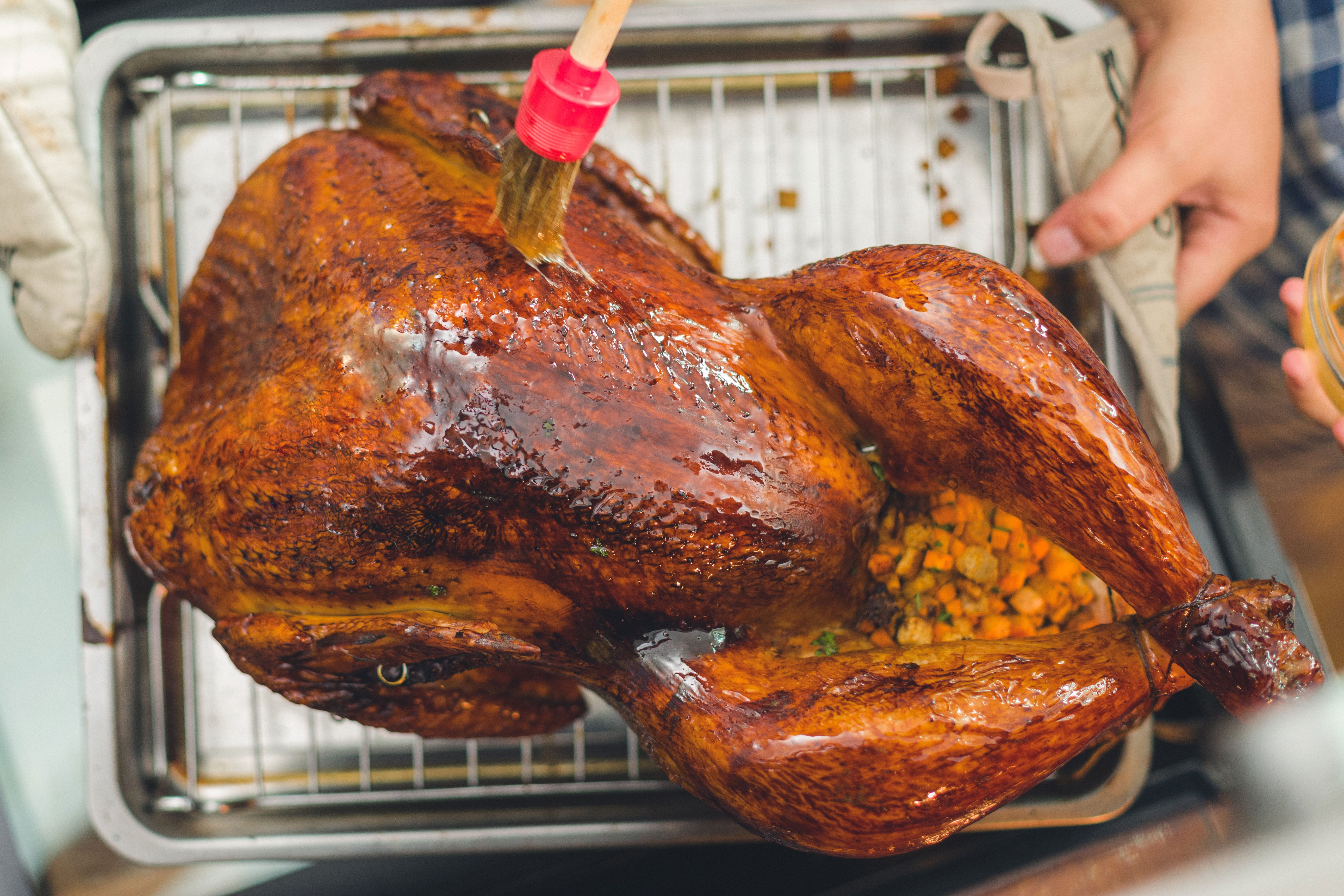
A self-basting turkey (that you see in supermarkets) will have been injected with a salt and flavour solution, so the meat will be much wetter as it cooks, but won’t necessarily be more flavoursome.
What does basting do?
Older recipes often advise basting a turkey regularly to keep the meat moist. Actually, basting so much is not guaranteed to stop your turkey drying out, especially if you leave the meat in the oven too long. (It’s important to follow pack instructions and calculate the right cooking time.)
Also, any flavour from butter, bacon rashers or herbs will remain on the skin rather than permeate the meat, which is fine if you have a flavourful stuffing, but water content in the bacon or butter means the skin won’t crisp up. Turkeys that have been basted too often usually end up with a slightly streaky-looking, soft skin.
How do I ensure a juicy turkey with crisp skin?
You should dry-brine it, which essentially means salting it heavily and leaving the salt to do its work overnight. The salt will draw the moisture out of the turkey to then be reabsorbed, taking some salt flavour with it. It will also dry out the skin, which helps it crisp up in the oven.
Secondly, you can cook the crown and legs separately so that each cut is properly cooked through in the way that most suits it. Try this brined roast turkey & crown confit legs for turkey perfection.
See more details in our turkey brining guide.
How to baste a turkey
Use a turkey baster (a long tube with a suction bulb on the end) that is long enough to reach safely into the hot roasting tin and suck out any juices from it. If you don’t have one already, you could also invest in a long-handled spoon to do the same job (look in catering supply shops for cheaper versions) that you’ll find much more useful year-round.
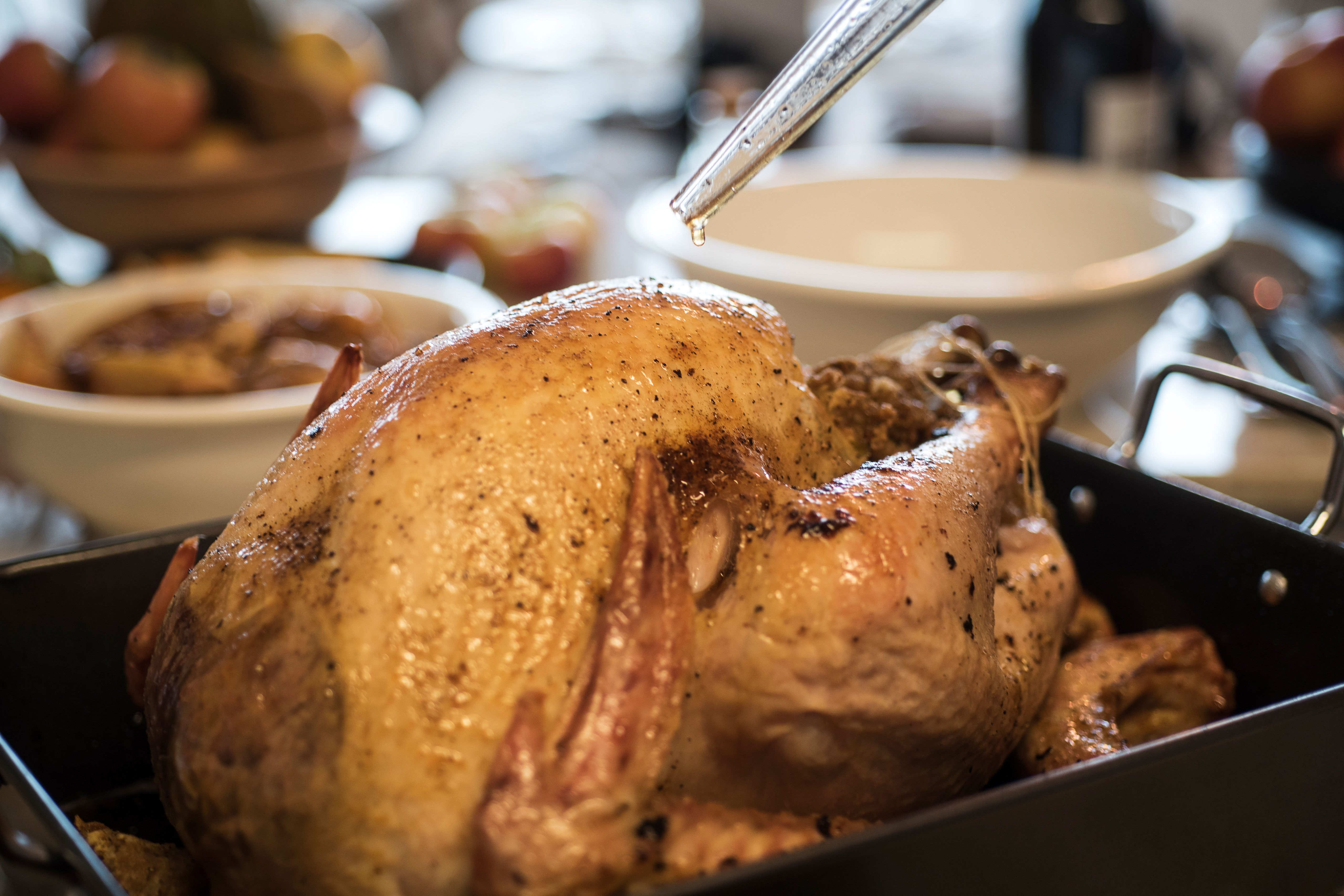
You can also baste by laying strips of bacon or pancetta – or a piece of muslin dipped in butter – across the breast of your turkey while it roasts. But, do take these off for the last part of the cooking in order to brown the skin.
Pushing a flavoured butter under the skin before you roast the turkey is also a popular technique. Bear in mind, though, that butter contains water, so if you do want crispier skin, you must use clarified butter.
3 easy ways to baste a turkey
1. Bacon baste
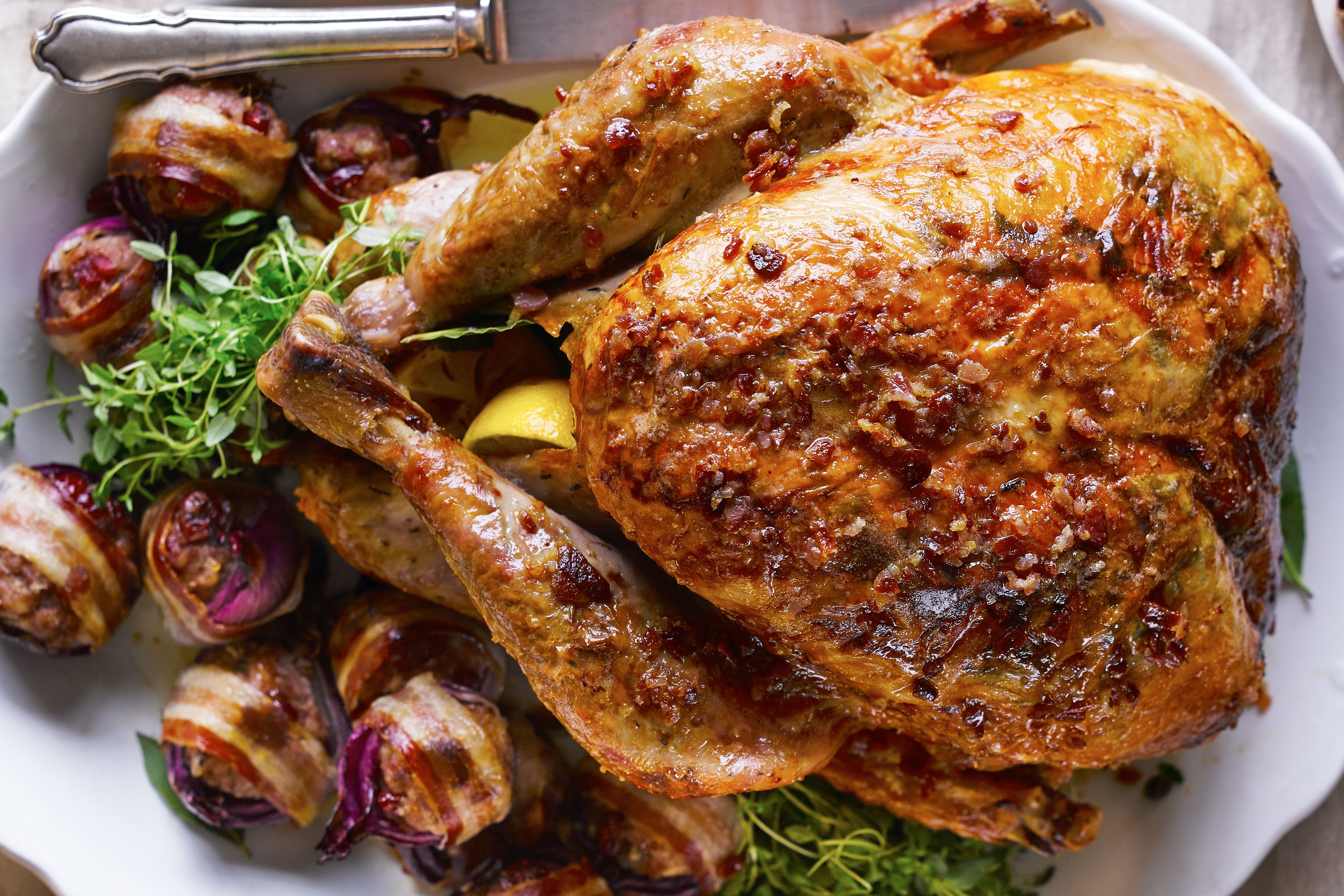
Finely chop 6 rashers of smoked streaky bacon or pancetta and fry in a dry pan from cold until they release their oil and crisp up. Cool and put in a food processor with 140g softened butter and 1 tbsp maple syrup. Shape the butter into a log and chill. Push slices under the turkey skin before roasting. Also, discover our how to cook bacon guide.
2. Lemon & herb baste
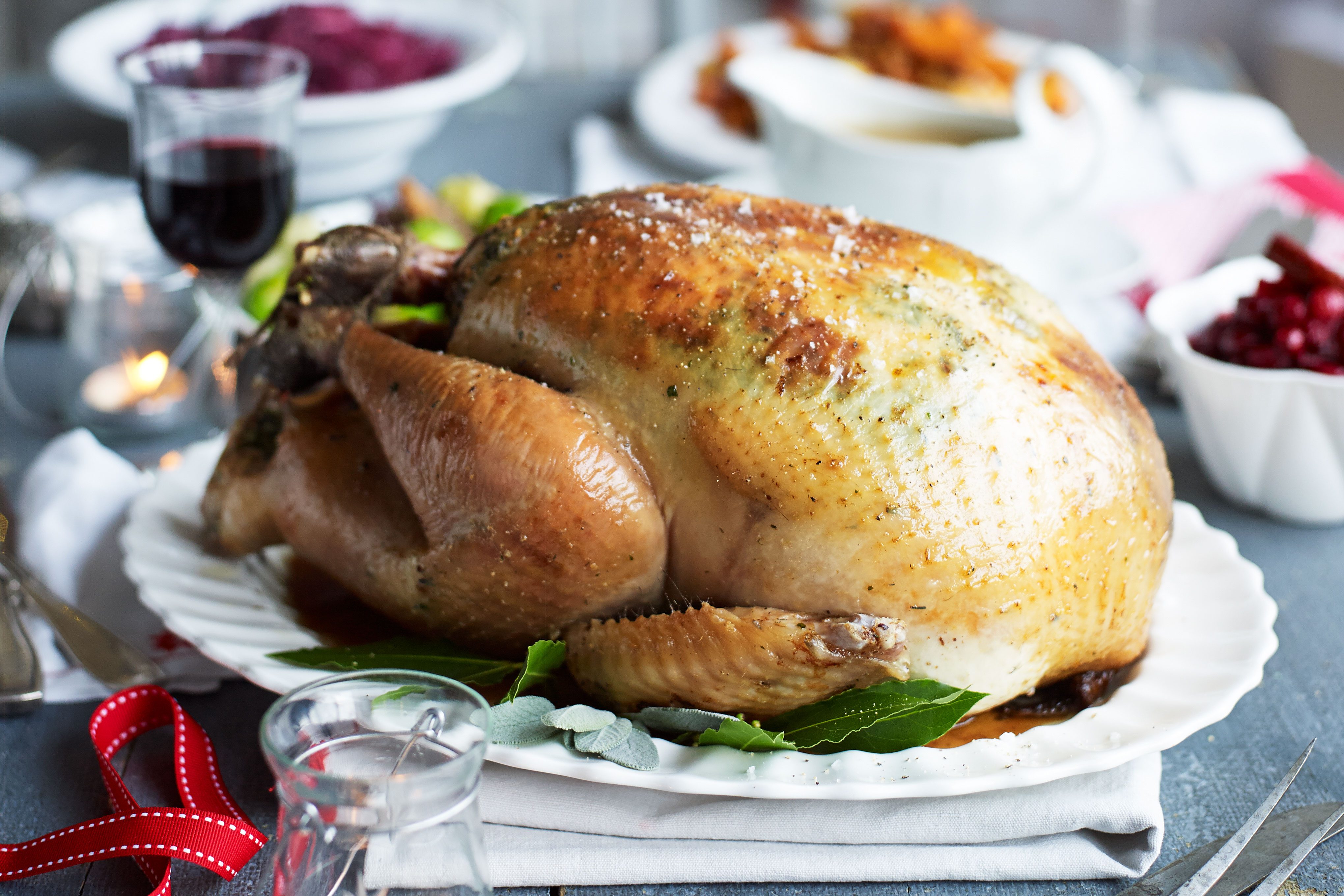
Mix 100g softened butter with the grated zest of 1 lemon, 1 tbsp chopped thyme, 2 tbsp chopped parsley and 1 finely chopped garlic clove. Loosen the skin on the turkey breast with your fingers and push the butter under, covering the breast.
3. Red wine baste
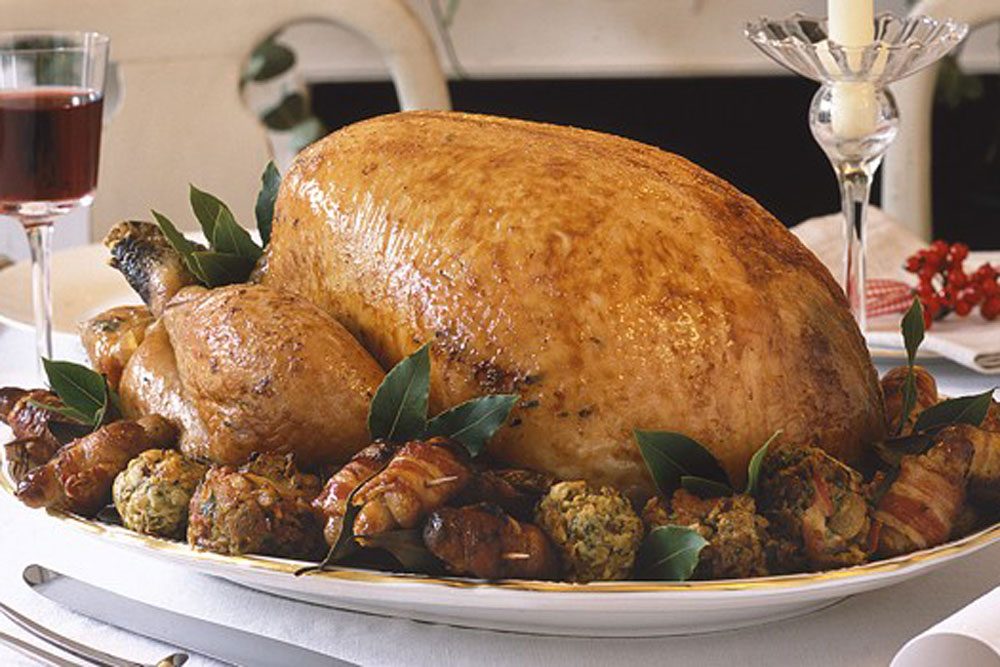
Line a roasting tin with a large sheet of foil and put the turkey on top. Smear 85g butter over the breast and grate over ½ nutmeg, then season well. Cover the breast with 10 rashers of streaky bacon, then pour over 1 glass red wine. Bring the sides of the foil up to make a parcel.
Enjoyed this? Discover more ways with turkey
How to prepare and carve a turkey
The foolproof turkey guide
How to make the ultimate turkey
Turkey recipe collection
Have you tried dry brining a turkey? Leave a comment below.

